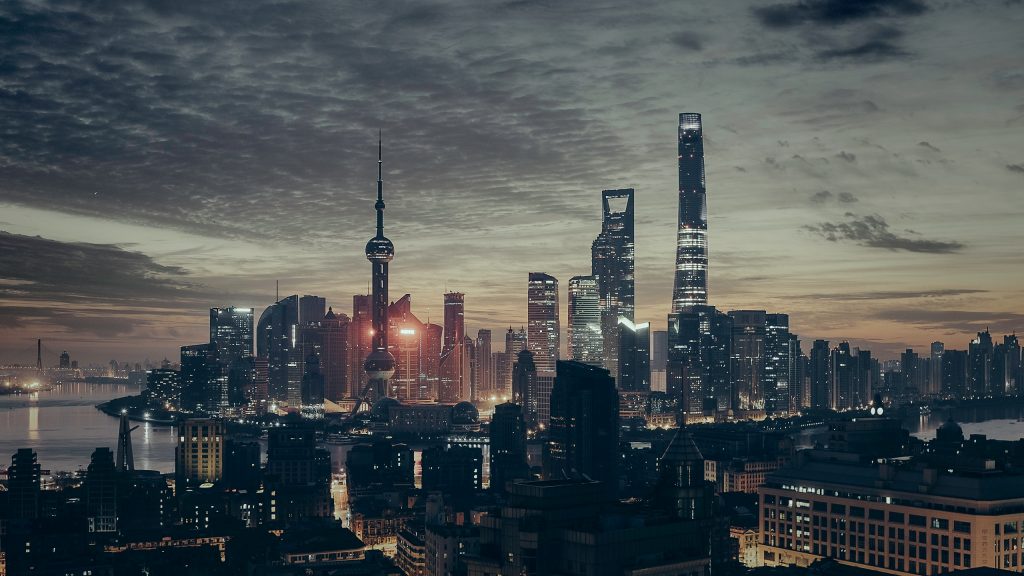And in the coming decades, even more people will need access to the transformative power of energy.
ExxonMobil’s 2019 Outlook for Energy serves as the company’s latest analysis on how the world will use energy, in all its forms, through 2040.

A growing middle class in China and India will demand more energy to improve their lives.
As populations grow and gain greater access to energy, living standards around the world will rise. A booming middle class will increase demand for homes, transportation, electricity and consumer goods, as well as the energy to power them all. The challenge is – and will be – satisfying this growing demand while reducing the risks of climate change.
Technology holds the greatest potential for helping society address the dual challenge. Technological advances have significantly improved energy efficiency and helped unlock diverse and abundant sources of energy.
There is no one single solution to this problem. Instead, it will take harnessing a variety of energy sources and technologies that, guided by policies, will help deliver reliable energy around the world.
This year’s Outlook has seven key takeaways. Check them out below:
Energy is fundamental for modern life
In the coming decades, more and more people around the world will live in modern homes, purchase time-saving appliances, open new businesses and require additional transportation options – all of which depend on reliable access to modern and affordable energy. This energy offers millions of people the chance to prosper and improve the quality of their lives. For example, business owners, like Endang in Indonesia, have been able to expand their businesses and create local jobs thanks to access to modern energy.
Global energy demand rises by 20%
The world is hungry for energy.
Thanks to emerging energy-efficient technology, OECD countries are expected to reduce their overall demand by around 5% and reduce energy-related CO2 emissions by nearly 25%. However, in Asia-Pacific, a combination of growing populations, a rising middle class, increased access to modern energy and improved living standards will likely result in greater energy use, helping drive up overall global demand by 20% by 2040. China and India, two of the world’s fastest-growing nations, are likely to contribute around half of that growth.
Almost half of the world’s energy is dedicated to industrial activity
Rising populations and urbanisation will also result in the construction of new homes and roads, as well as the production of household appliances. Steel, cement and chemicals are essential in satisfying these needs and today rely on energy-intensive industries. Demand will rise sharply in countries such as Vietnam and Thailand, which are consuming more energy as they rapidly grow their manufacturing and automotive parts industries, respectively. But with new efficient technologies, manufacturers can increase their output while also curbing emissions.
Oil and natural gas remain important energy sources and require significant investment
Today, more than half of the world’s energy comes from oil and natural gas, and it’s likely that these sources will continue to power the world well into the future, with existing gas resources capable of providing about 200 years of supply at current demand. However, demand is also growing. In 2017, Asia-Pacific’s natural gas imports already rivalled those of Europe. To continue to meet future demand, investment in oil and natural gas is required to replace the natural decline from existing production.
Global electricity demand rises 60%
The need to power more homes, factories, electric vehicles and consumer goods is expected to increase electricity demand by 60% over the next two decades. Natural gas, solar and wind will be the fastest-growing energy sources helping to meet future electricity needs, with gas balancing out more intermittent renewables. Gas is not only popular for its affordability and abundance, but when gas-fired electricity generation replaces coal plants, CO2 emissions can be reduced by up to 60% while also producing fewer pollutants. This is a key goal for Asia-Pacific, with both China and India announcing government policies focussed on reducing smog and improving air quality.
Global energy-related CO2 emissions peak but remain above assessed 2°C scenarios
Increased energy efficiency and lower-carbon sources are expected to help curb CO2 emissions, but not enough to reach a 2°C pathway. Additional technology-driven solutions and policies are still needed to achieve society’s climate aspirations. ExxonMobil and its partners are doing their part by working to develop energy sources with lower CO2 emissions, like advanced biofuels, and finding new ways to capture CO2.
Commerce and trade drive transportation energy consumption up more than 25%
While more electric, hybrid and other energy-efficient vehicles are expected to hit the road by 2040, overall demand for energy in the transportation sector is still expected to increase. This is especially true in developing regions, where a growing middle class will require more commercial transportation by bus, rail, plane, truck and marine vessel. The Asia-Pacific region will account for about 40% of all commercial transport energy demand by 2040. Affordable and widely available oil will remain the predominant transportation fuel.




